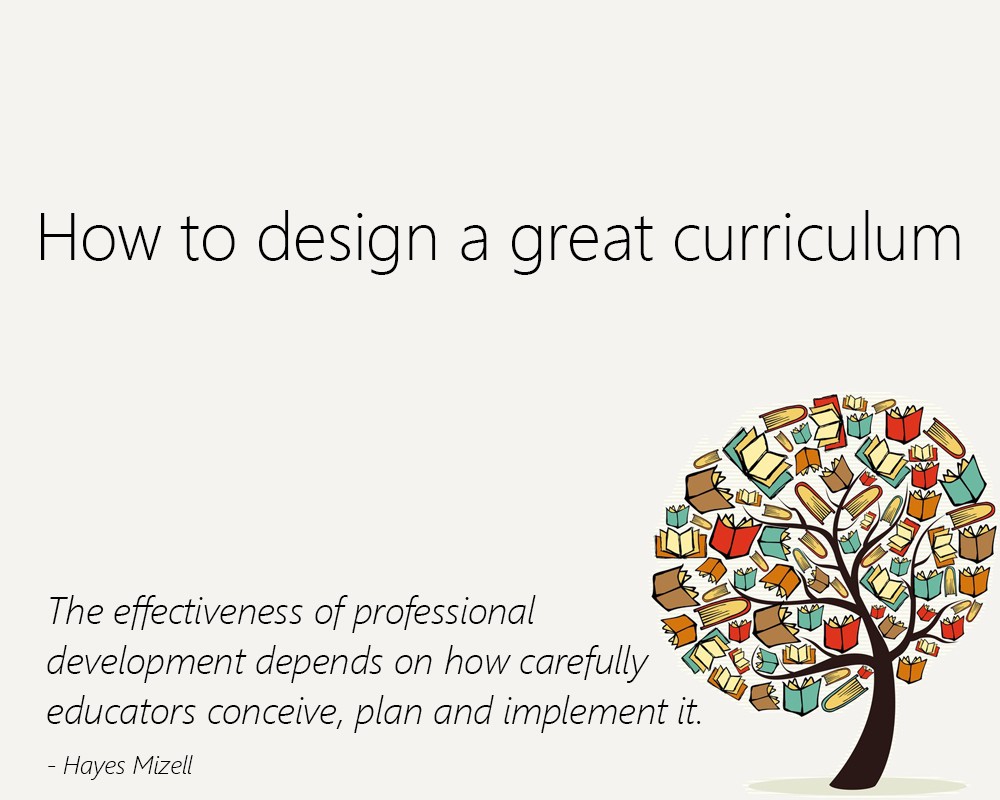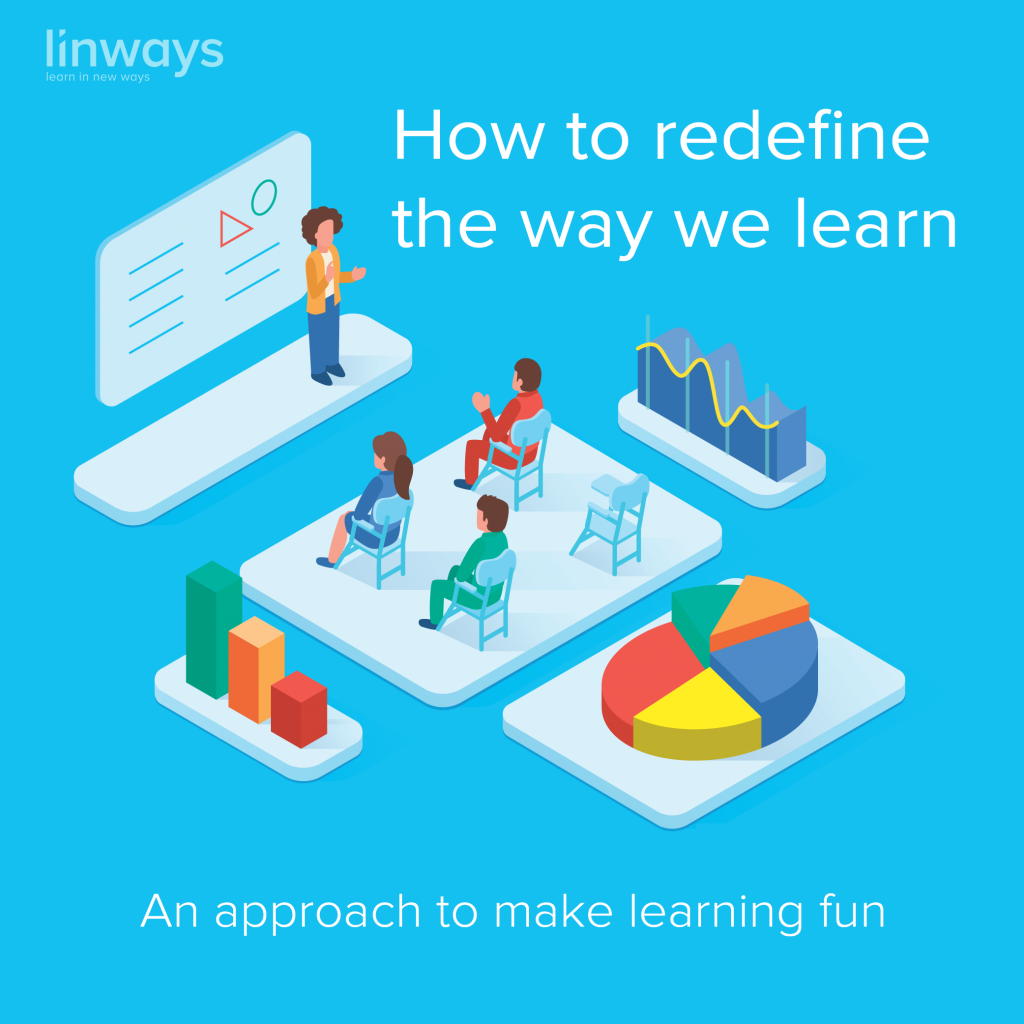
Strategic planning is how you set goals, , choose how to act upon them, and map those actions over time. A strategic plan gives you a clear picture of how and when your goals are achieved by making use of the available resources.
When it comes to curriculum design, the ultimate end goal should be a great educational experience, where the learners effectively learn everything you intend them to learn. This is the reason why each curriculum design, for high schools, or pre-schools, or colleges stray far off from each other in their diversity.
Before we get into the key elements of design, we should know about the types of curriculum.
Types of Curriculum Design
There are three basic types of curriculum design:
Subject-centred design: Subject-centred curriculum design, as the name suggests, mainly focuses on a particular subject. A curriculum designed for maths, which covers all the necessary skills and knowledge a learner should acquire while in their K-12 course come under this category. This particular curriculum design revolves more around the subject rather than the individual.
Learner-centred design: Learner-centred(, or learner-centric) curriculum design focuses on the learner. It tends to address the needs, interests, and goals of each individual learners. Its based on the realisation that each students are unique and should not be subjected to a standardised curriculum. This type of curriculum design is supposed to empower the learners and allow them to shape their education through choices.
Problem-centered design: Like what we saw at the learner-centered design, the problem-centered design also focuses on the learner, in an student-centric manner. The problem-centered design focuses on teaching students how to acknowledge a real-life problem and come up with a solution of their own, to solve it.
Some things to look out for.
- Analyse the key factors.
Take time and figure out why you are doing this, and for whom. This will help you categorise what kind of curriculum design you want. Make sure you have all the necessary information, including the desired goals, resources, learners’ interests, teachers’ interests, course details etc. These will act as a base upon which you can begin building the design. - Make use of various learning theories and taxonomies
You can add strength to your design by employing different teaching-learning methodologies including learning theories like OBE, SCL, ICT-enabled education, and learning taxonomies like the bloom’s taxonomy. - Make room for the data in your design
Make sure your curriculum is ‘data-friendly’. Assessments and feedback must weigh in to test the effectiveness of your curriculum every now and then. So your design should be strong enough so that it does not break apart when big data comes.
Data is at the centre of all assessments and academics. There’s no way you are ever going to get around it. So the best option is to acknowledge it and make the best of it. - Create the design for the stakeholders
Make a list of the key stakeholders in the education, and split them into a couple of groups. You could easily visualise the key metrics and characteristics of each stakeholders this way. Your curriculum design would reflect that too. That’s how you know your design is good.
It must answer the stakeholders questions and concerns. Moreover, it should also help them achieve their individual goals. A great curriculum doesn’t just concerns itself with the students. It spans out to make an impact to lives of all the key stakeholders. - Adapting a curriculum may not be very effective.
There are a diverse set of factors including learner’s mindset, learning skills, environment, supporting factors etc.
Cultural sensitivity does not come in a package, and pre-packaged curriculum undermines teachers’ professionalism and agency. There may not be any room for freedom and individual pursuits inside such a curriculum.
At the end, this all comes onto how you do it. You could make use of intelligent tools in education technology to help build your curriculum like Linways AMS. Academic Management Systems like linways has it’s core on key academics and would help you acknowledge each stakeholders, goals, outcomes, and data management.
We would really like to know what you think about this approach to curriculum design. We have also published blogs on course plan, and strategic planning in education. So make sure you check those out too before going.




